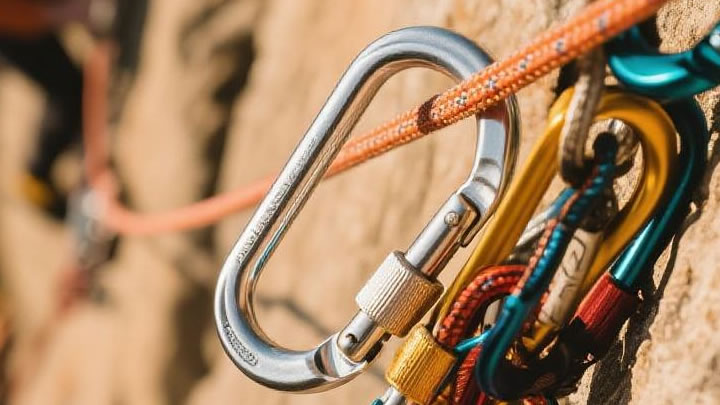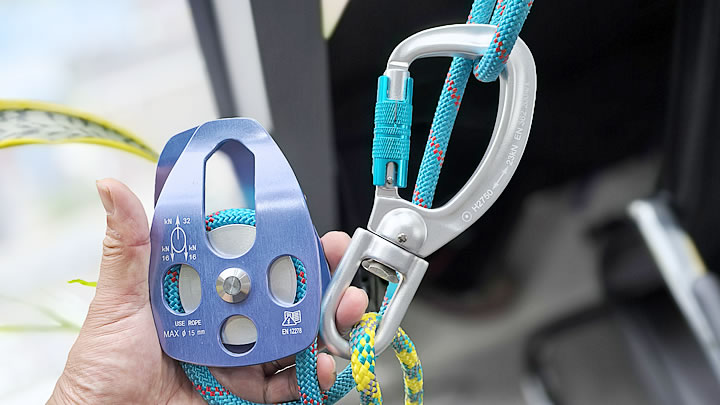How to Hang a Hammock Indoors Without Drilling
Hanging a hammock indoors offers a cozy escape for relaxation, reading, or even working—but drilling holes in walls isn’t always an option, especially for renters or temporary spaces. This guide explores safe, damage-free methods to suspend your hammock securely while preserving your walls and ceilings.

Why Avoid Drilling?
Drilling can damage drywall, leave permanent marks, or violate rental agreements. Modern no-drill solutions prioritize convenience and flexibility, allowing you to enjoy a hammock without sacrificing your security deposit or interior aesthetics.
Method 1: Freestanding Hammock Stand
Best for: Spacious rooms, frequent repositioning.
- How it works: A metal or wooden stand supports the hammock without wall/ceiling attachments.
- Pros: Portable, zero damage, adjustable height.
- Cons: Requires floor space (8–12 feet long).
- Tip: Choose a stand with a weight capacity 50+ lbs over your body weight for safety.
Method 2: Tension Rods
Best for: Narrow corridors, sturdy walls (e.g., concrete or brick).
- Steps:Select a heavy-duty tension rod rated for 200+ lbs.Extend it tightly between two parallel walls or corners.Attach hammock hooks or carabiners to the rod.
- Warning: Avoid drywall or plaster walls—rods may slip under pressure.
Method 3: Adhesive Hooks or Straps
Best for: Lightweight hammocks, temporary setups.
- Products: Command™ Jumbo Hooks, damage-free nylon straps.
- Steps:Clean the wall surface with alcohol.Apply hooks/straps to smooth, non-textured walls.Cure for 24 hours before adding weight.
- Limit: Max load typically 10–20 lbs per hook; reinforce with multiple anchors.
Method 4: Door Frame Anchors
Best for: Small spaces, quick setups.
- Tools: Over-the-door hammock hooks or portable anchors.
- Steps:Loop straps around a solid door frame or beam.Secure with carabiners.
- Caution: Avoid hollow-core doors or weak frames.
Method 5: Ceiling Mounts with Damage-Free Adhesives
Best for: High ceilings, permanent-looking setups.
- Products: Heavy-duty adhesive mounts (e.g., Gorilla Heavy Duty Tape).
- Steps:Attach mounts to ceiling beams or reinforced drywall.Use climbing-rated carabiners to link the hammock.
- Key: Only use on structurally sound surfaces.
Safety Checklist
- Weight Capacity: Ensure all hardware supports 2x your body weight.
- Surface Test: Pull firmly on anchors before use.
- Balance: Center the hammock to avoid uneven stress.
- Regular Checks: Inspect hooks/straps monthly for wear.
Common Mistakes to Avoid
- Ignoring Weight Limits: Overloading hooks risks collapse.
- Wrong Surfaces: Adhesive hooks fail on textured or dusty walls.
- Poor Angles: A 30° hang angle reduces strain on anchors.
Pro Tips for Enhanced Comfort
- Add a Hammock Pillow: Reduces neck strain during lounging.
- Use a Spread Bar: Prevents hammock cocooning in narrow setups.
- Layer with Blankets: Perfect for chilly indoor days.
Final Thoughts
Hanging a hammock indoors without drilling is simple with the right tools and precautions. Whether you opt for a freestanding stand, tension rods, or innovative adhesives, prioritize safety and surface compatibility. This setup not only saves your walls but also lets you transform any room into a serene, swing-ready sanctuary.






